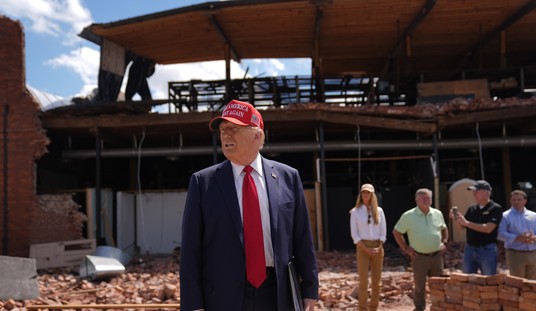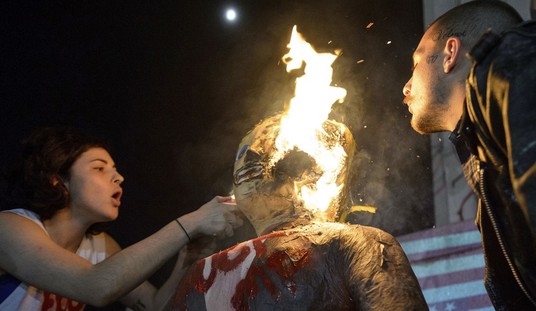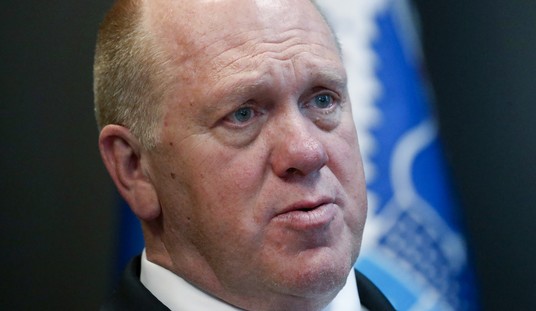Thomas Jefferson once wrote, pessimistically, "The natural progress of things is for liberty to yield and government to gain ground." He would probably not have been surprised to see the proliferation of gun control laws in our time. But he might not have anticipated that the water would run back uphill.
Thursday's Supreme Court decision affirming that the Second Amendment recognizes an individual right to own firearms for self-defense was a vindication of those who have long argued that position. But it was an even more stunning defeat for advocates of gun control, who not so long ago seemed to have history, law and public sympathy on their side. Back then, they couldn't have dreamed that the Supreme Court would say, "You know what? The National Rifle Association is right."
In the 1980s and 1990s, as violence raged at epidemic levels, the preferred remedy of policymakers was to restrict the manufacture, sale and ownership of firearms. Washington, D.C. had banned handguns in 1976, and in 1982, Chicago did likewise, prompting several of its suburbs to follow suit.
New York required anyone who wanted a handgun to acquire a special permit, which was expensive and hard to get. Meanwhile, the federal government and several states outlawed "assault weapons" -- semiautomatic guns with a military appearance.
It looked as though ever-stricter gun control was the wave of the future. But the future had different ideas. What happened? Three main things:
--Gun control didn't work. In the 1990s, despite its draconian ban, Washington became the murder capital of the United States. Chicago's homicide rate, which had been declining in the years before it banned handguns, climbed over the following decade. Gun control didn't work.
Recommended
During the time the federal assault weapons law was in effect, the number of gun murders declined -- but so did murders involving knives and other weapons. When the law was allowed to expire in 2004, something interesting happened to the national murder rate: nothing.
--Laws allowing concealed weapons proliferated -- with no ill effects. In 1987, Florida gained national attention -- and notoriety -- by passing a law allowing citizens to get permits to carry concealed handguns. Opponents predicted a wave of carnage by pistol-packing hotheads, but it didn't happen. In fact, murders and other violent crimes subsided. Permit holders proved to be sober and restrained.
People elsewhere took heed, and today, according to the NRA, 40 states have "right-to-carry" laws. As those laws have spread, the homicide rate has fallen sharply from the peak reached in 1991.
--The Second Amendment got a second look. In 1983, a San Francisco lawyer named Don Kates published an article in the University of Michigan Law Review arguing that, contrary to prevailing wisdom in the judiciary and law schools, the Constitution upholds an individual right to keep and bear arms.
Numerous legal scholars, spurred to examine the record, reached the same surprising conclusion. Before long, even some liberal law professors were coming around.
In 2000, Harvard's Laurence Tribe published a new edition of his influential constitutional law textbook, asserting that the Second Amendment had an undeniable meaning: "The federal government may not disarm individual citizens without some unusually strong justification consistent with the authority of the states to organize their own militias. That assurance in turn is provided through recognizing a right (admittedly of uncertain scope) on the part of individuals to possess and use firearms in the defense of themselves and their homes…"
The majority opinion last week, written by Justice Antonin Scalia, drew heavily on this stack of scholarship to argue that the framers did not limit the right to the context of service in a state militia. Without the stimulus provided by these contrarian thinkers, the decision would never have come to pass. And the Second Amendment would have remained what it was for so long: a curious irrelevancy.
Instead, the right to keep and bear arms has finally taken its rightful place with our other fundamental liberties. It may be the natural course of things for government control to expand and freedom to shrink. But as Jefferson knew, America was founded to reverse that process.

























Join the conversation as a VIP Member